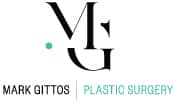Fake Breasts vs Natural Breasts – Differences and Similarities
In the world we live in today, we’re seeing an ever-increasing surge in the popularity of cosmetic surgeries, with breast augmentation in particular being among the most common procedures carried out. Such a procedure sees women enhancing their breasts either for aesthetic purposes, or following medical conditions such as breast cancer or trauma. Whilst it is absolutely crucial to respect each individual’s decision regarding their bodies, it is also important for us to understand the fundamental differences between natural and augmented breasts. This blog aims to provide an unbiased and comprehensive guide that discusses the distinguishing features of natural and augmented breasts. The purpose is not to promote one over the other but to educate and inform. In the spirit of creating an open dialogue around women’s health, we believe this is a topic worth exploring. The information shared herein aims to dispel myths and misconceptions, provide valuable insights, and ultimately encourage a more inclusive and respectful conversation about women’s bodies.
Whether you’re considering a breast augmentation procedure yourself, or you’re simply curious to learn more, this blog seeks to shed light on the subject and empower you with knowledge. We’ll delve into the world of breast augmentations, celebrate the beauty of natural variation, and highlight the key differences in aesthetics and feel. In the process, we hope to promote a message of self-love, acceptance, and respect for all women, regardless of their choices about their bodies.
Dr Mark Gittos is a distinguished plastic surgeon, highly recognised for his proficiency and expertise in the realm of breast surgery. Operating in both Auckland, New Zealand, and London, UK, Dr Gittos has gained an enviable reputation for his commitment to patient care and safety. His practice, which encompasses both aesthetic and reconstructive breast surgeries, draws patients from across the globe, testament to his exceptional surgical skills and the high level of trust he instils in his patients.
Download Dr Mark Gittos’ Guide to Cosmetic Breast Surgery
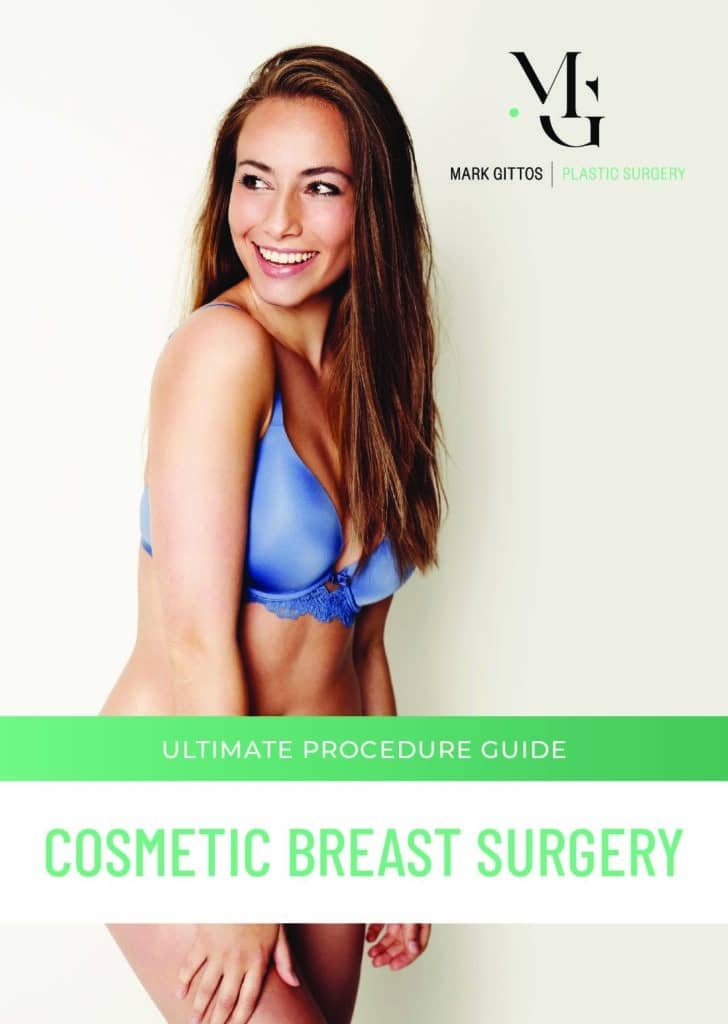
Breast Augmentation – An Overview
Breast augmentation is a surgical procedure performed to enhance the size, shape, or fullness of a woman’s breasts. This is achieved primarily through the use of implants, or, more recently, through fat transfer. This surgical process is a personal decision and women choose it for a variety of reasons; these can range from aesthetic aspirations to medical necessities such as post-mastectomy reconstruction or correction of congenital deformities.
When it comes to the types of implants, silicone and saline are the two main choices. Silicone implants, filled with silicone gel, often provide a more natural feel and are less likely to wrinkle compared to their saline counterparts. Saline implants, on the other hand, are filled with sterile salt water and are known for their safety feature; in case of a rupture, the saline is safely absorbed by the body.
Moreover, an emerging trend in breast augmentation is autologous fat transfer, a procedure in which fat is removed from certain parts of the body and then injected into the breasts. This technique provides a more natural alternative to implants but the results can be less predictable.
Breast augmentation is considered a major surgery and thus, carries certain risks such as infection, scarring, and possible changes in nipple or breast sensation. The recovery period can also be quite extensive and involves rest, medication, and follow-up visits to the plastic surgeon.
However, with the right plastic surgeon and an individualised surgical plan, these risks can be effectively managed. For instance, experts like Dr Mark Gittos, with their vast experience and commitment to patient wellbeing, ensure the procedure is as safe and successful as possible, helping individuals achieve their desired results.
Characteristics of the Natural Breasts
The size, shape, and feel of natural breasts are determined by a multitude of factors, including genetics, age, hormonal fluctuations, pregnancy, and weight changes. This natural diversity is something to celebrate, as it underpins the rich tapestry of human uniqueness that weaves us all together.
The shape and size of natural breasts can range from small and perky to large and pendulous, and everything in between. The way they hang, their symmetry, and even the size and position of the nipples and areolas can greatly vary from woman to woman. Such variety isn’t a flaw or a point of comparison but rather a testament to the beautiful diversity of the human body.
The feel of natural breasts can also vary significantly. Depending on the individual’s body composition, some may have firmer breasts due to a higher proportion of glandular tissue, while others may have softer breasts owing to a higher fat content.
Embracing the natural body, with all its variations and idiosyncrasies, is an integral part of self-love and acceptance. As such, it’s crucial to challenge societal standards of beauty that often promote a single ‘ideal’ body type. In reality, all bodies are beautiful and worthy of appreciation, and this includes the vast spectrum of natural breasts that women around the world possess.
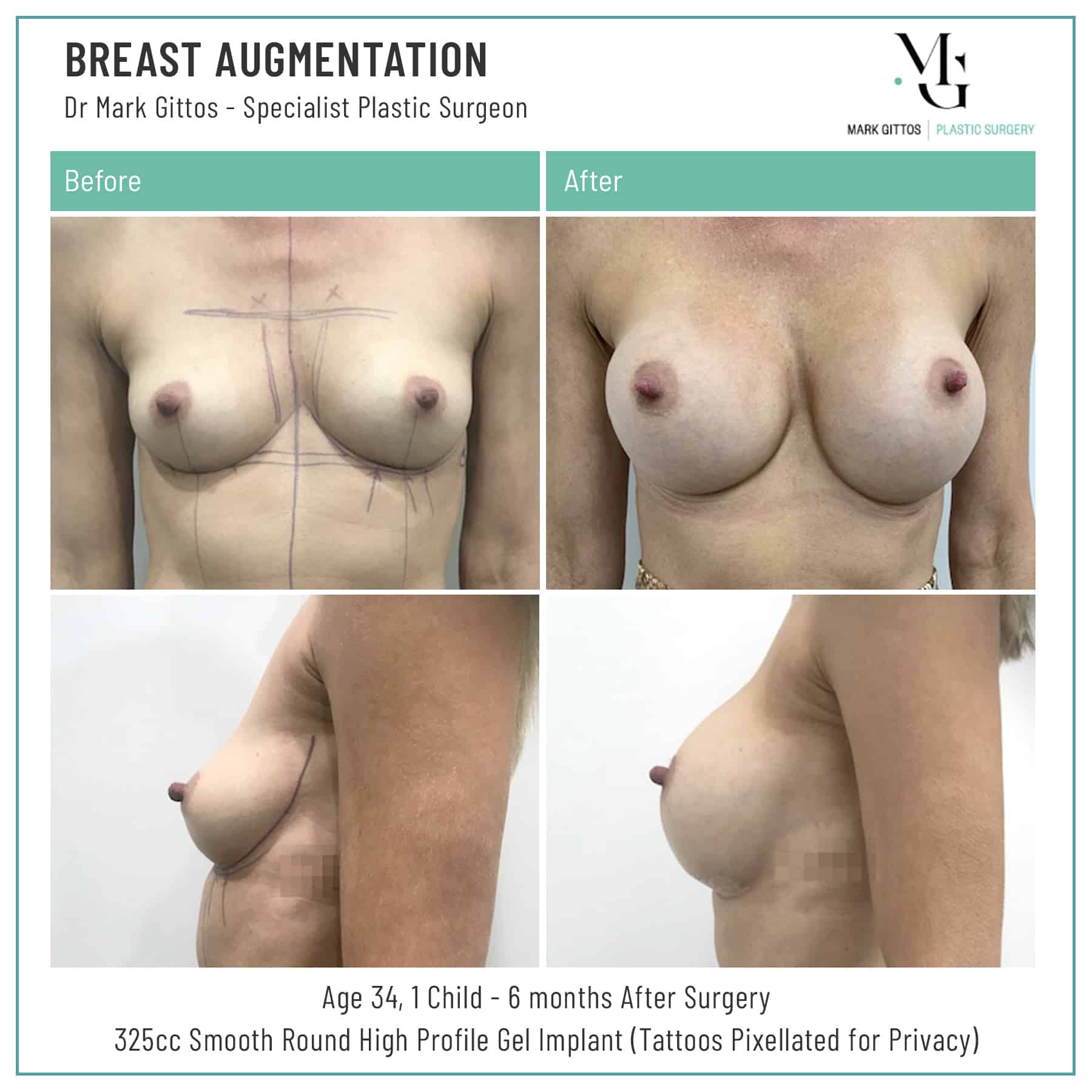
Aesthetic Differences between “Fake” and “Natural”
When comparing natural breasts with those that have been augmented, certain aesthetic differences become apparent. These differences, however, don’t indicate superiority of one over the other but rather reflect the unique characteristics of both types.
One of the most noticeable differences is often the placement and shape of the breasts. Augmented breasts, especially those with implants, tend to sit higher on the chest wall and maintain more of their upper fullness, creating a ’round’ appearance. Natural breasts, in contrast, usually have a teardrop or sloping shape, with most of the fullness located in the lower half.
The symmetry of breasts can also be a distinguishing feature. No pair of natural breasts is perfectly symmetrical. Minor differences in size, shape, or nipple placement are completely normal and part of the natural variation among women. Augmented breasts can often be made more symmetrical through the surgical procedure, but it’s important to remember that perfect symmetry is not a realistic expectation.
The cleavage of augmented breasts can be more defined, as implants can add volume and shape the breast tissue. Natural breasts, on the other hand, may have softer or less defined cleavage, which can change with factors such as age, weight fluctuation, and hormonal changes.
Despite these general observations, it’s important to bear in mind that every breast augmentation surgery is unique, and results can vary widely depending on the individual, the surgical technique used, and the type of implants or fat transfer procedure. Renowned surgeons like Dr Mark Gittos strive to achieve a natural and individualised result that respects the patient’s body shape and personal aesthetic goals.
The Tactile Differences
Beyond visual characteristics, the way breasts feel to the touch can also provide hints as to whether they are natural or augmented. However, these differences are becoming less noticeable as surgical techniques and materials continue to advance.
In general, natural breasts tend to feel softer and more fluid because they are composed of fat, glandular tissue, and connective tissue. Their consistency can vary based on the individual’s age, hormonal status, and body fat percentage.
Augmented breasts, on the other hand, have a different feel due to the presence of implants or transferred fat. Silicone implants, one of the most common types used in breast augmentation, are designed to mimic the feel of natural breast tissue, and many people find that high-quality silicone implants feel very similar to natural breasts. Saline implants, filled with sterile salt water, might feel less natural and more firm, especially if the individual doesn’t have much natural breast tissue to begin with.
The feel of breasts augmented through autologous fat transfer tends to be very similar to that of natural breasts because the augmentation is achieved using the individual’s own body fat. But the result can be less predictable as some of the transferred fat may be reabsorbed by the body over time.
It’s worth noting that the feel of augmented breasts can also depend on factors such as the placement of the implant (above or below the muscle), the amount of existing natural breast tissue, and the tightness of the skin and tissues around the implants. A skilled surgeon like Dr Mark Gittos takes all these factors into account to achieve the most natural feel possible.
Misconceptions and Stereotypes
There are a number of misconceptions and stereotypes associated with both natural and augmented breasts that can contribute to biased perceptions and judgments. It’s important to challenge these notions and foster a more respectful and understanding perspective.
One common myth is that women who choose to get breast augmentation are vain or insecure. This oversimplified assumption fails to consider the myriad of personal and valid reasons a woman may choose to undergo the procedure, which can range from wanting to balance asymmetry, restoring breast volume post-pregnancy or significant weight loss, reconstructing breasts after mastectomy, or simply feeling more confident in their own skin.
Another misconception is that all augmented breasts look fake or unnatural. However, the reality is that the outcome of a breast augmentation can vary greatly depending on the plastic surgeon’s expertise, the surgical technique, and the type and placement of the implants. Many augmented breasts can look and feel very natural.
Conversely, the idea that natural breasts are always small or saggy is equally flawed. Natural breasts come in a diverse range of sizes, shapes, and levels of firmness, all of which are normal and beautiful in their own way.
A further stereotype is that augmented breasts indicate a certain lifestyle or character traits. This is a gross generalisation that objectifies women and reduces them to their physical appearance. The decision to have breast augmentation is a deeply personal one and doesn’t define a woman’s personality or value.
In debunking these misconceptions, it’s crucial to promote an attitude of respect and understanding. Every woman’s decision about her body is valid and should be respected, whether she chooses to embrace her natural breasts or opt for augmentation. As long as the decision brings her joy, confidence, and wellbeing, it’s the right decision for her.
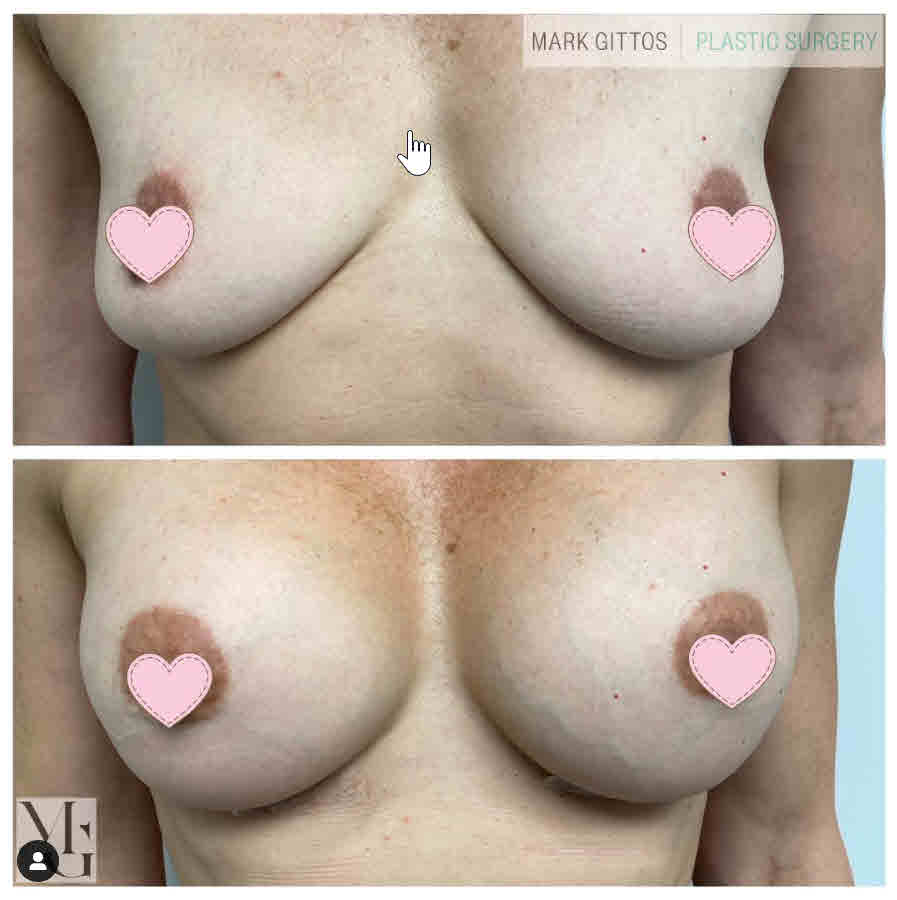
FAQs about Breast Augmentation Surgery
What are the different types of breast enlargement procedures available?
- There are primarily two types of breast enlargement procedures: implants and fat transfer. Implants involve the insertion of silicone or saline-filled implants into the breasts, while fat transfer involves extracting fat from another part of the body and injecting it into the breasts.
How long does recovery from a breast enlargement procedure take?
- The recovery period can vary from person to person, but generally, most patients can return to work and normal activities within 1-2 weeks following the procedure. Full recovery, including resuming strenuous activities and exercise, can take about 4-6 weeks.
Are there any risks involved with breast enlargement procedures?
- Like any surgery, breast enlargement procedures come with some risks. These can include infection, bleeding, changes in breast or nipple sensation, implant leakage or rupture, and the need for additional surgeries. Choosing an experienced and skilled plastic surgeon can significantly minimise these risks.
Will the results look and feel natural?
- The results of a breast enlargement procedure can look and feel natural depending on various factors such as the type of procedure chosen, the skill and expertise of the plastic surgeon, and the individual’s body shape and existing breast tissue. Surgeons like Dr Mark Gittos work closely with patients to ensure the results align with their expectations and look as natural as possible.
How long do breast implants last?
- While breast implants are not considered lifetime devices, they don’t have a definitive expiry date. Many can last 10-20 years without complications. They may need to be replaced if complications like leaking or rupture occur or if the individual desires a different size or shape over time. Regular check-ups with your plastic surgeon can help monitor the condition of the implants.
Further Reading about Breast Surgery with Dr Mark Gittos
- Read Dr Mark Gittos’ Breast Augmentation Surgery Page
- Read Dr Mark Gittos’ Breast Implants Options Page
- Read Dr Mark Gittos’ Blog about How to Correct Uneven Breasts with Breast Asymmetry Surgery
- Read Dr Mark Gittos’ Blog about Mini Boob Job – A Solution for Smaller, Athletic and Lean Women
- Read Dr Mark Gittos’ Blog about Are Bigger Breasts Always Better?
Medical References about Breast Augmentation Procedures
- Breast enlargement (implants) – NHS
- Types of Breast Implants – ASPS
- Breast Augmentation: What it is, Types, Surgery & Recovery
- Breast augmentation – Mayo Clinic
- Breast Augmentation Risks and Safety – ASPS
About Dr Mark Gittos FRACS (Plast) – New Zealand Plastic Surgeon
Practice locations in Herne Bay Auckland, Northland and Bay of Plenty – Kerikeri, Whangarei, New Plymouth & Tauranga
Dr Mark Gittos is a leading Specialist Plastic Surgeon and operates a practice in Herne Bay, Auckland and in the UK. The practice focuses on both surgical and non-surgical procedures, each designed to help restore, improve or change a physical characteristic or problem. The first step in every case is to talk through your personal requirements and explore all the options, before deciding on the most effective solution.
Dr Mark Gittos offers high-quality, natural-looking cosmetic surgery results and is highly experienced in Breast, Body and Face Surgery having performed over 4000 Surgeries in the last 26 years. With worldwide expertise Dr Gittos is an expert in breast, face and body surgery for men & women.
Naturally, before any treatment is begun, we will explain clearly the advantages and risk factors; so that you have the information you need to make an informed decision that is best for you. Visit the practice to find out more.
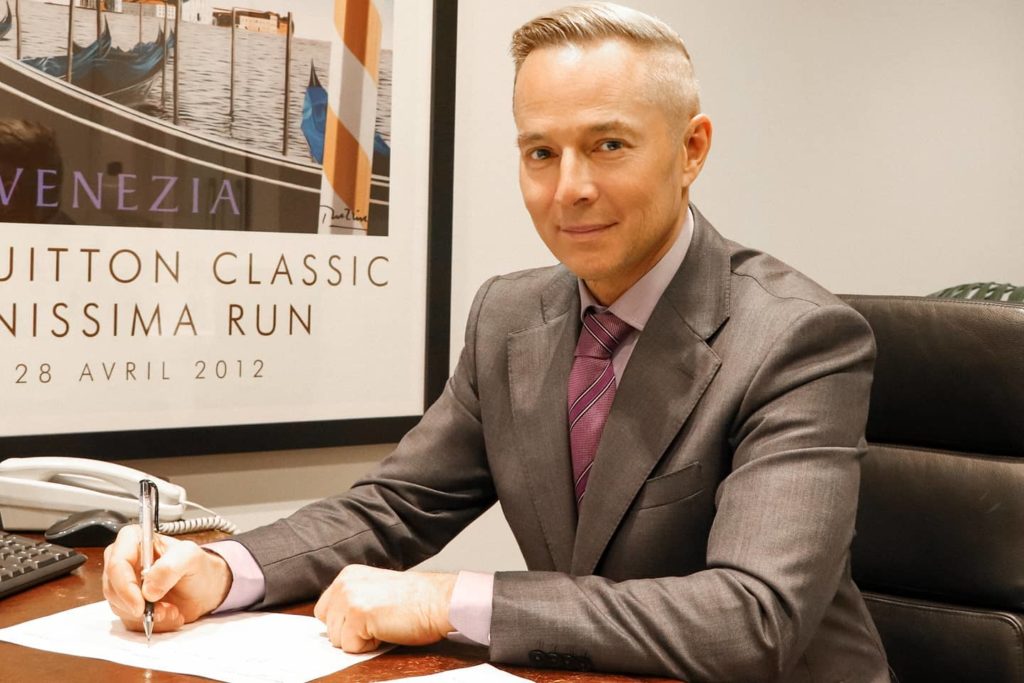
NEXT STEPS
Please NOTE: Dr Gittos only performs surgery on non-smoker patients with a BMI less than 30. To check your BMI please visit the NZ Heart Foundation website. For help giving up smoking before surgery visit the Smoke Free website
Do your Research
- Read the Website and Blogs relevant to your procedure
- Browse our Frequently Asked Questions including how to choose a Surgeon for your procedure
- Download and read the FREE Guides to Surgery
What to Bring to your Plastic Surgeon Consultation
- Bring a friend or relative to help discuss the information and your choices
- Take lots of notes and read the documents provided thoroughly
- Dress in simple clothes as you may need to undress for examination
- Bring your medical referral and any relevant medical documents or test results
Book your Initial Surgery Consultation
- A Referral from your GP or specialist is helpful but NOT essential – you can have a consultation without a GP Referral
- Email us or Call on 09 529 5352 to arrange your surgeon consultation appointment.
- Book a consultation with Dr Gittos by paying the Consultation Fee – $325 incl GST
Traveling for Surgery? – Consider post-surgery luxury recovery in a Hotel with LuxeCare
Please contact us to arrange to book a consultation with our Specialist Plastic Surgeon or to speak with our Patient Care Advisor.
Send an enquiry form today or phone 09 529 5352 during Clinic Hours
